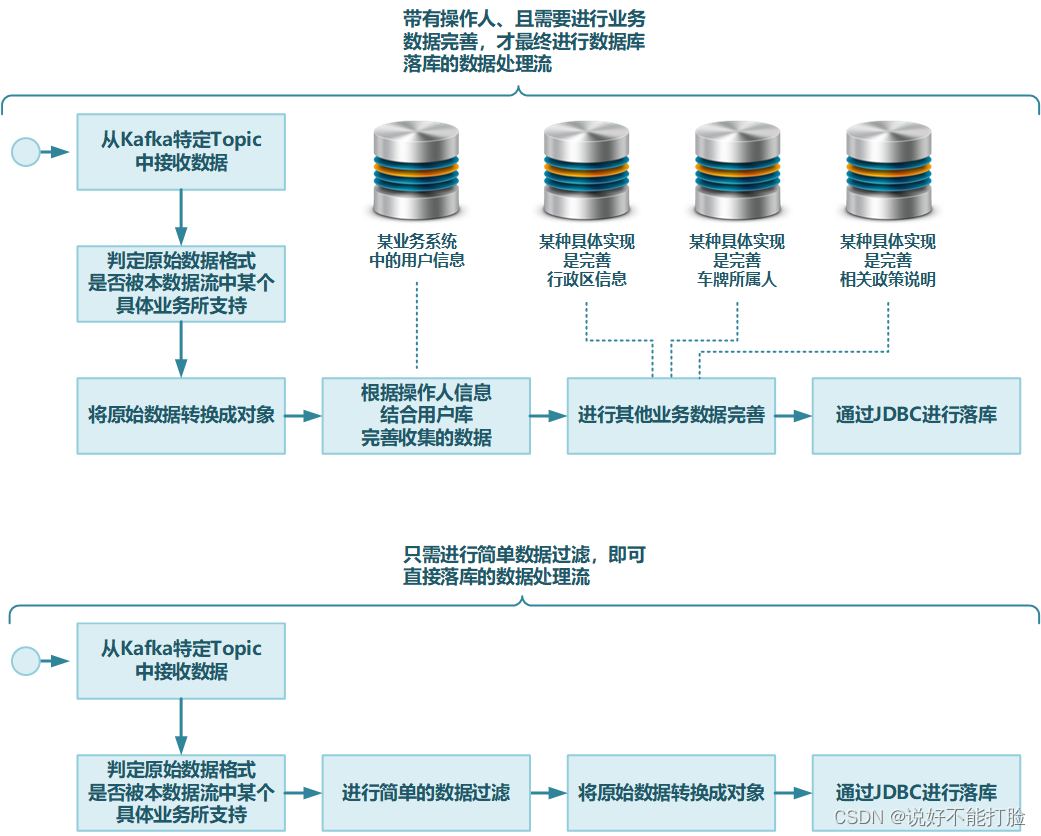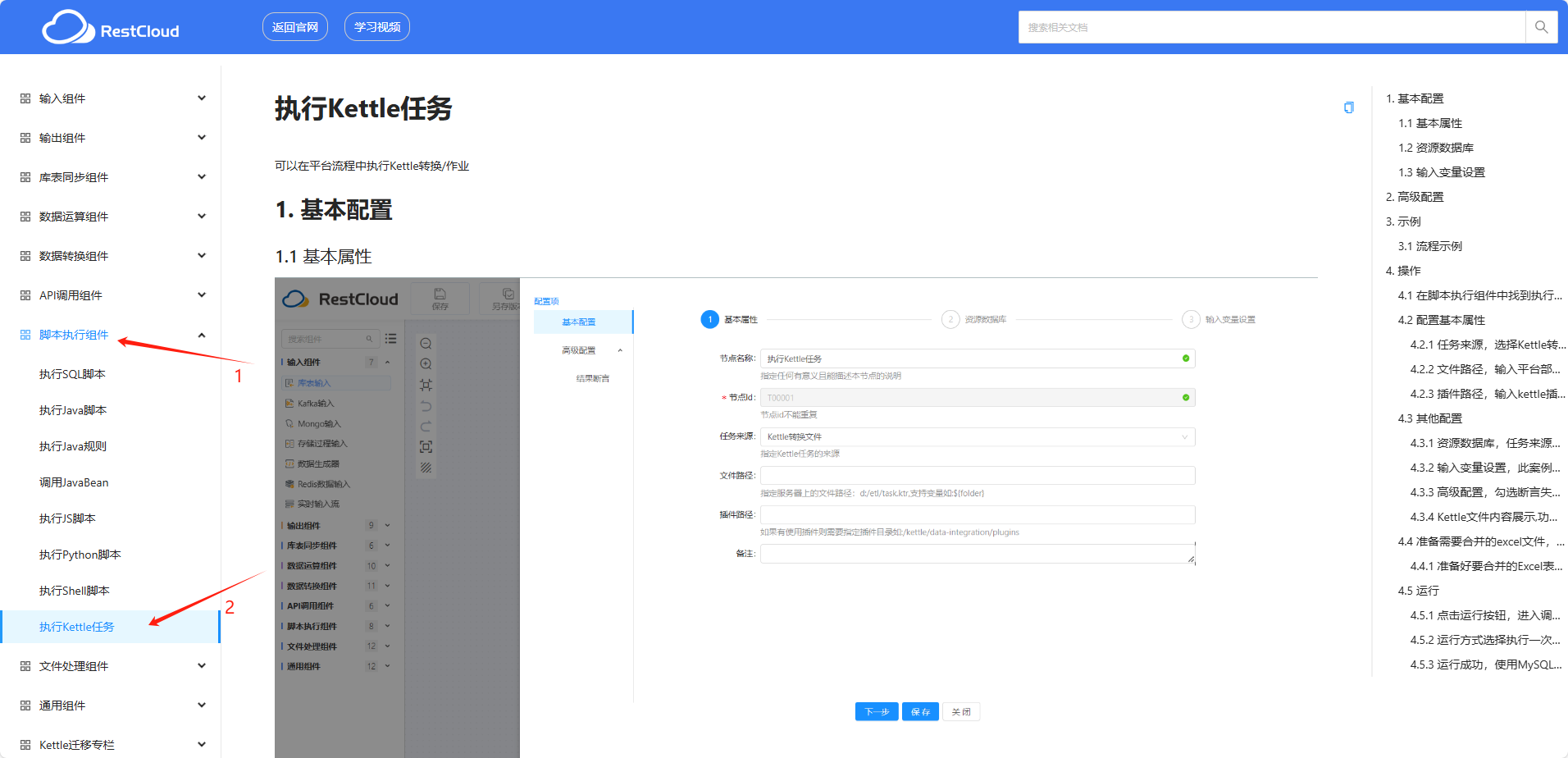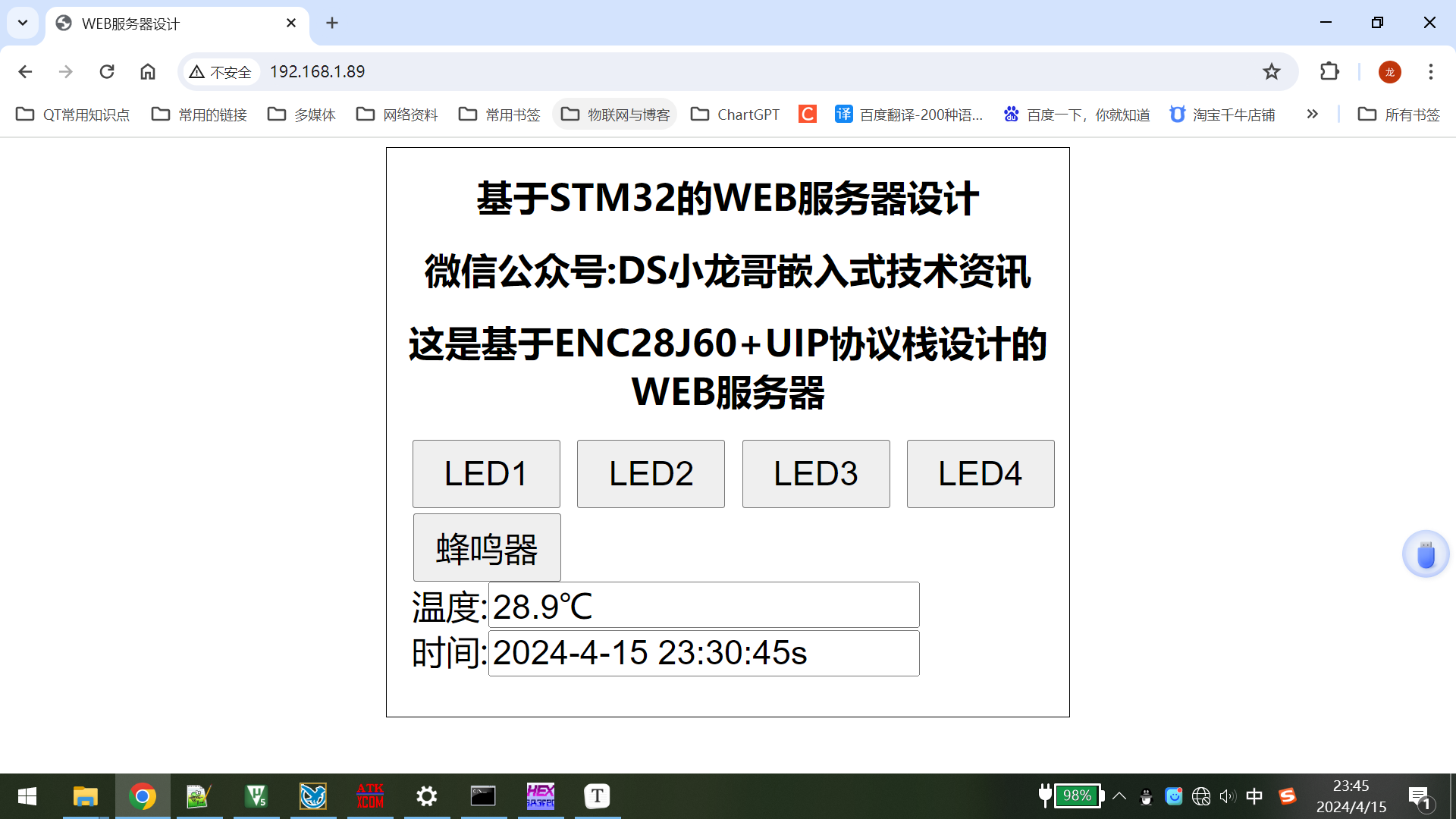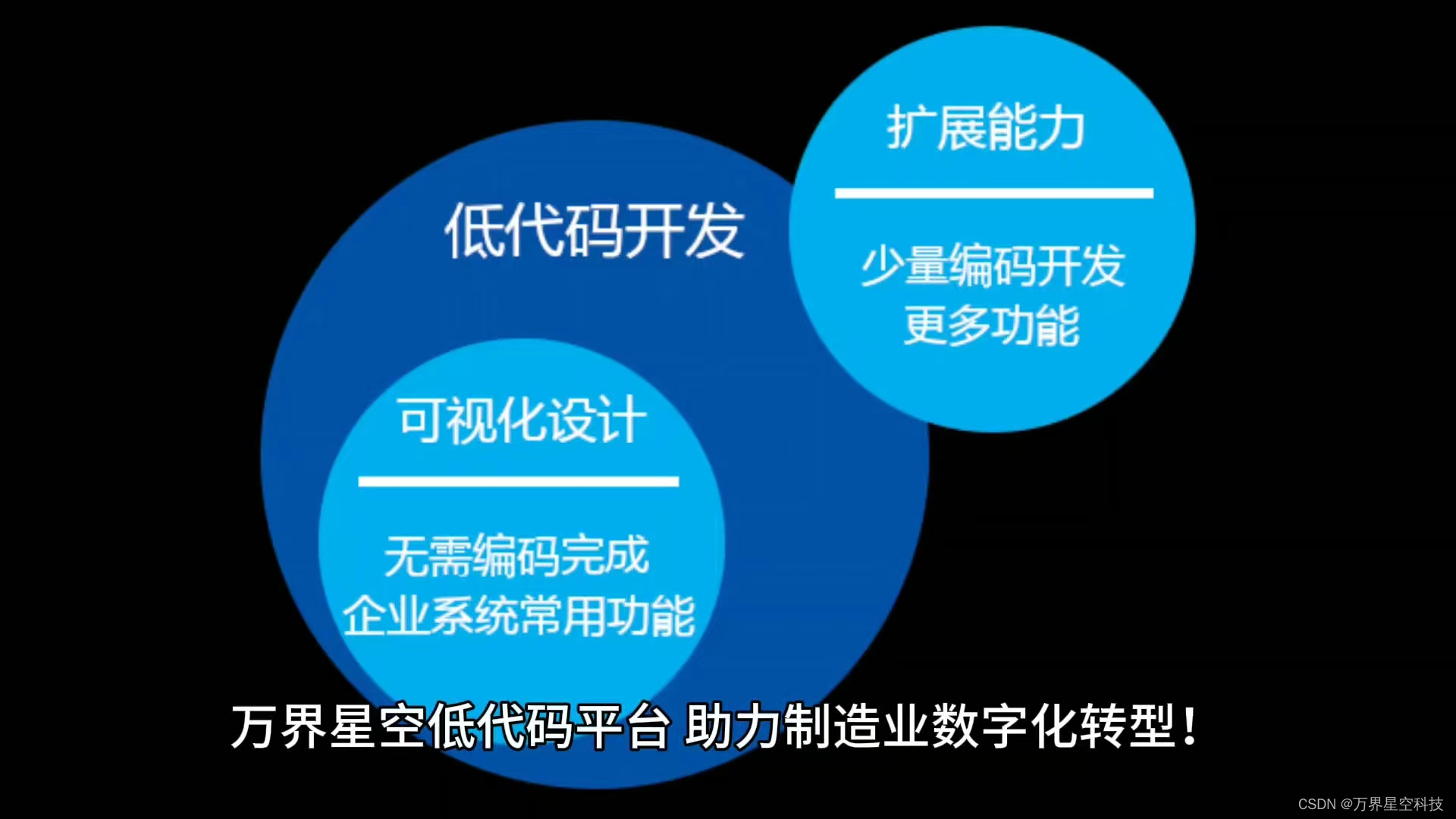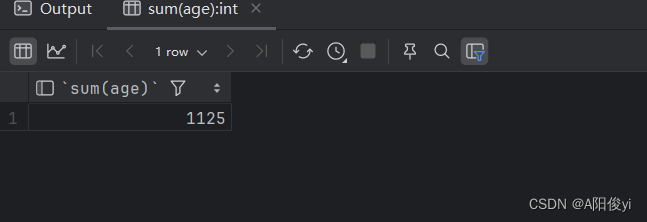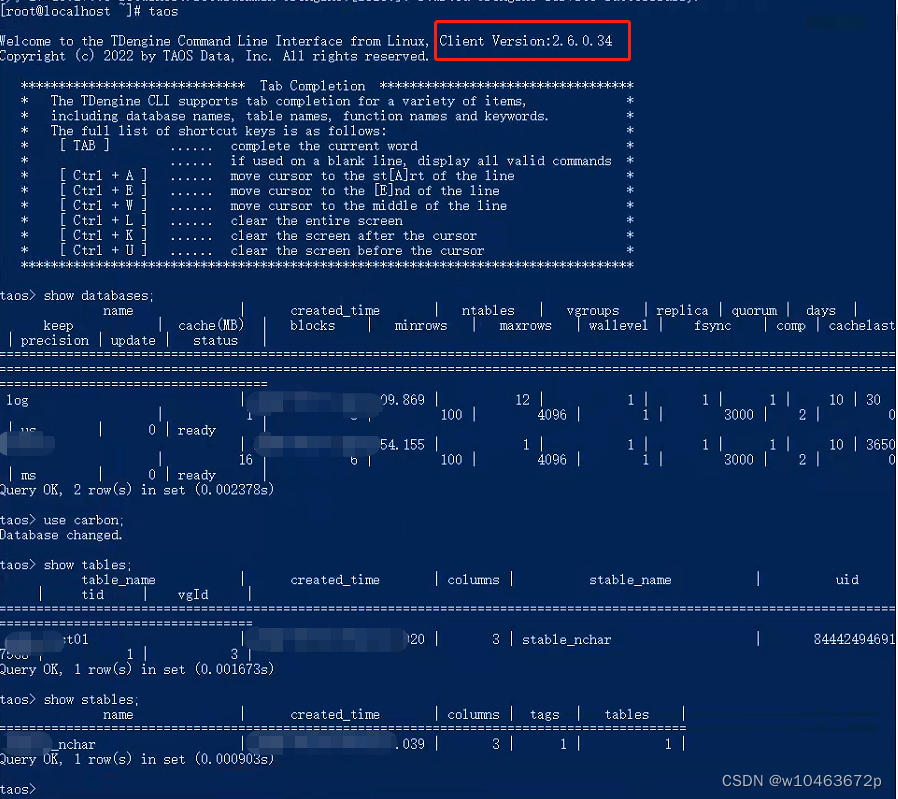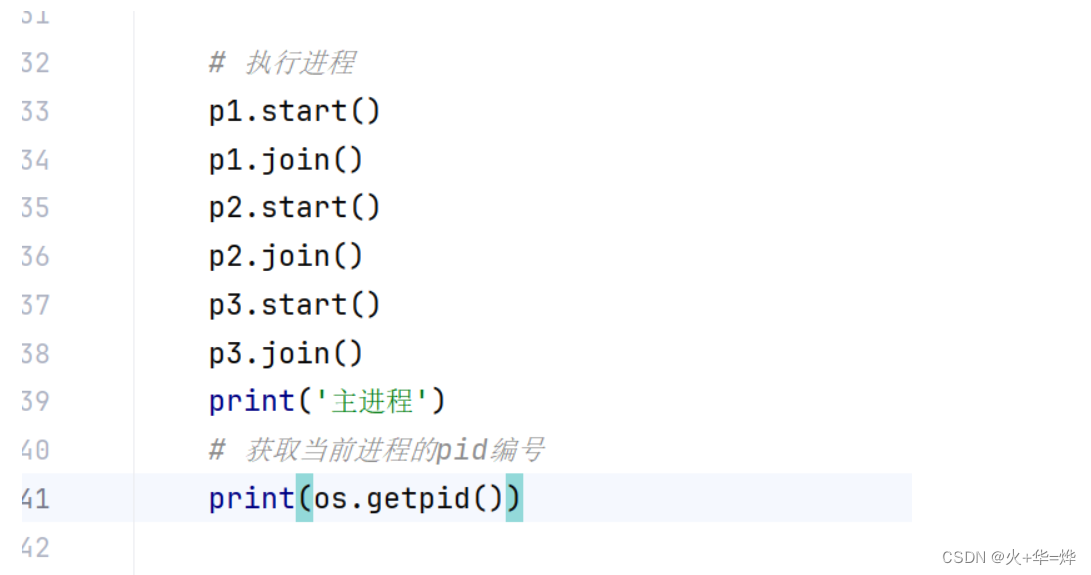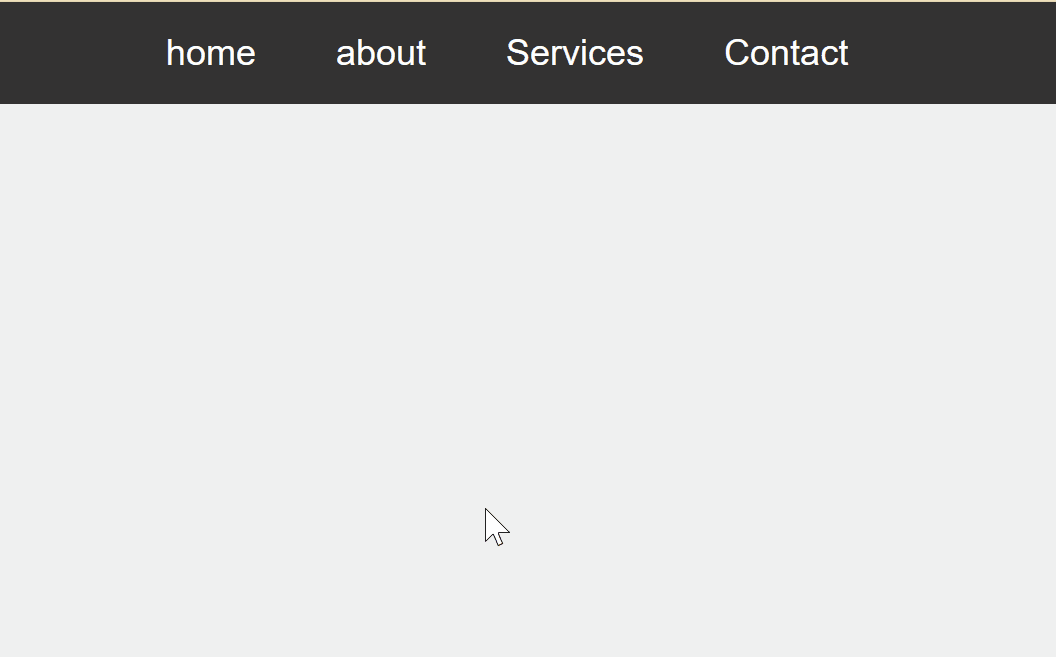小熊派
简单介绍
BearPi-HM Nano开发板是一块专门为鸿蒙OS设计的HarmonyOS开发板,板载高度集成的2.4GHz WLAN SoC芯片Hi3861,并板载NFC电路及标准的E53接口可拓展
E53接口
介绍
E53接口标准为“物联网俱乐部”联合国内多家开发板厂家制定的物联网案例标准,E53接口的E取自扩展(Expansion)的英文首字母,板子的尺寸为5*3cm,故采用E53作为前缀来命名尺寸为5*3cm类型的案例扩展版,任何一款满足标准设计的开发板均可直接适配E53扩展板。
E53拓展板
E53扩展板是根据不同的应用场景来设计的,以最大的程度在扩展板上还原真实应用场景,不同案例的扩展版根据不同的应用场景来命名后缀。
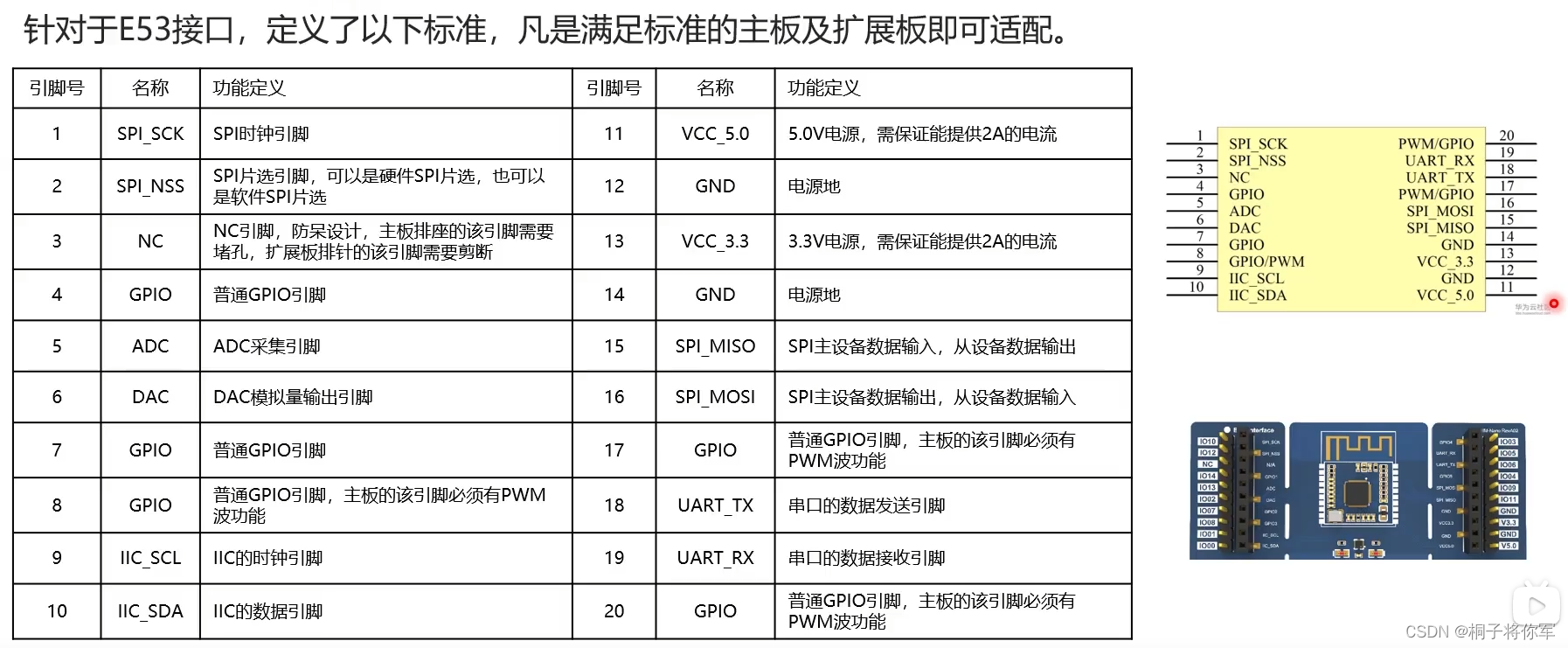
编译、烧录、工程的编写
下载和编译源码
-
使用 hpm 软件
-
在打算存储项目工程代码的文件中打开终端(工程源码存放文件夹)
-
hpm init -t default // 不知道是干嘛的 hpm i @bearpi/bearpi_hm_nano // 这句话执行后就是下载源码 hpm dist // 编译源码
-
-
使用 git 拉取
-
在打算存储项目工程代码的文件中打开终端(工程源码存放文件夹)
-
git clone https://gitee.com/bearpi/bearpi-hm_nano.git python build.py [板子名字,如BearPi-HM_Nano] // 编译源码
-
烧录
HiBurn 是烧录软件
- 点击 Setting 设置baud为921600
- 选择COM
- select file:选中 OUT 文件夹中的 allinone.bin
- 打钩 Auto burn
- 点击 connect
- 按下开发板复位
工程编写
-
在下载源码的文件夹相对路径 applications\BearPi\BearPi-HM_Nano\sample\ 下创建工程文件夹名(如my_app)
-
在 my_app 下新建 xxx.c(我们认定 xxx.c 文件是程序入口函数存放区)、BUILD.gn
-
在 xxx.c 中写
#include <stdio.h> #include "ohos_init.h" // 不可或缺 void hello_kexie(void){ printf("Hello KeXie!\r\n"); } APP_FEATURE_INIT(hello_kexie); // 告诉编译器 hello_kexie 函数是程序入口函数 -
在 my_app 下的 BUILD.gn 中编写
static_library("myapp"){ # "myapp" 指定输出的静态库文件名为 libmyapp.a sources = [ "hello_world.c" # 指定 .a 文件所依赖的 .c 文件及路径,若路径包含"//"则表示绝对路径(此处为代码根路径),若不包含"//" 则表示相对路径 ] include_dirs = [ "//utils/native/lite/include" # 指定 source 所需依赖的 .h 文件路径 ] } -
在 sample 下的 BUILD.gn 中编写
-
# Copyright (c) 2020 Nanjing Xiaoxiongpai Intelligent Technology Co., Ltd. # Licensed under the Apache License, Version 2.0 (the "License"); # you may not use this file except in compliance with the License. # You may obtain a copy of the License at # # http://www.apache.org/licenses/LICENSE-2.0 # # Unless required by applicable law or agreed to in writing, software # distributed under the License is distributed on an "AS IS" BASIS, # WITHOUT WARRANTIES OR CONDITIONS OF ANY KIND, either express or implied. # See the License for the specific language governing permissions and # limitations under the License. import("//build/lite/config/component/lite_component.gni") lite_component("app") { features = [ #"A1_kernal_thread:thread_example", #"A2_kernel_timer:timer_example", #"A3_kernel_event:event_example", #"A4_kernel_mutex:mutex_example", #"A5_kernel_semaphore:semaphore_example", #"A6_kernel_message:message_example", #"B1_basic_led_blink:led_example", #"B2_basic_button:button_example", #"B3_basic_pwm_led:pwm_example", #"B4_basic_adc:adc_example", #"B5_basic_i2c_nfc:i2c_example", #"B6_basic_uart:uart_example", #"C1_e53_sf1_mq2:e53_sf1_example", #"C2_e53_ia1_temp_humi_pls:e53_ia1_example", #"C3_e53_sc1_pls:e53_sc1_example", #"C4_e53_sc2_axis:e53_sc2_example", #"C5_e53_is1_infrared:e53_is1_example", #"D1_iot_wifi_ap:wifi_ap", #"D2_iot_wifi_sta_connect:wifi_sta_connect", #"D3_iot_udp_client:udp_client", #"D4_iot_tcp_server:tcp_server", #"D5_iot_mqtt:iot_mqtt", #"D6_iot_cloud_oc:oc_mqtt", #"D7_iot_cloud_onenet:onenet_mqtt", #"D8_iot_cloud_oc_smoke:cloud_oc_smoke", #"D9_iot_cloud_oc_light:cloud_oc_light", #"D10_iot_cloud_oc_manhole_cover:cloud_oc_manhole_cover", #"D11_iot_cloud_oc_infrared:cloud_oc_infrared", #"D12_iot_cloud_oc_agriculture:cloud_oc_agriculture", #"D13_iot_cloud_oc_gps:cloud_oc_gps", "my_app:myapp" # 此时程序就只会编译这个工程 ] }


